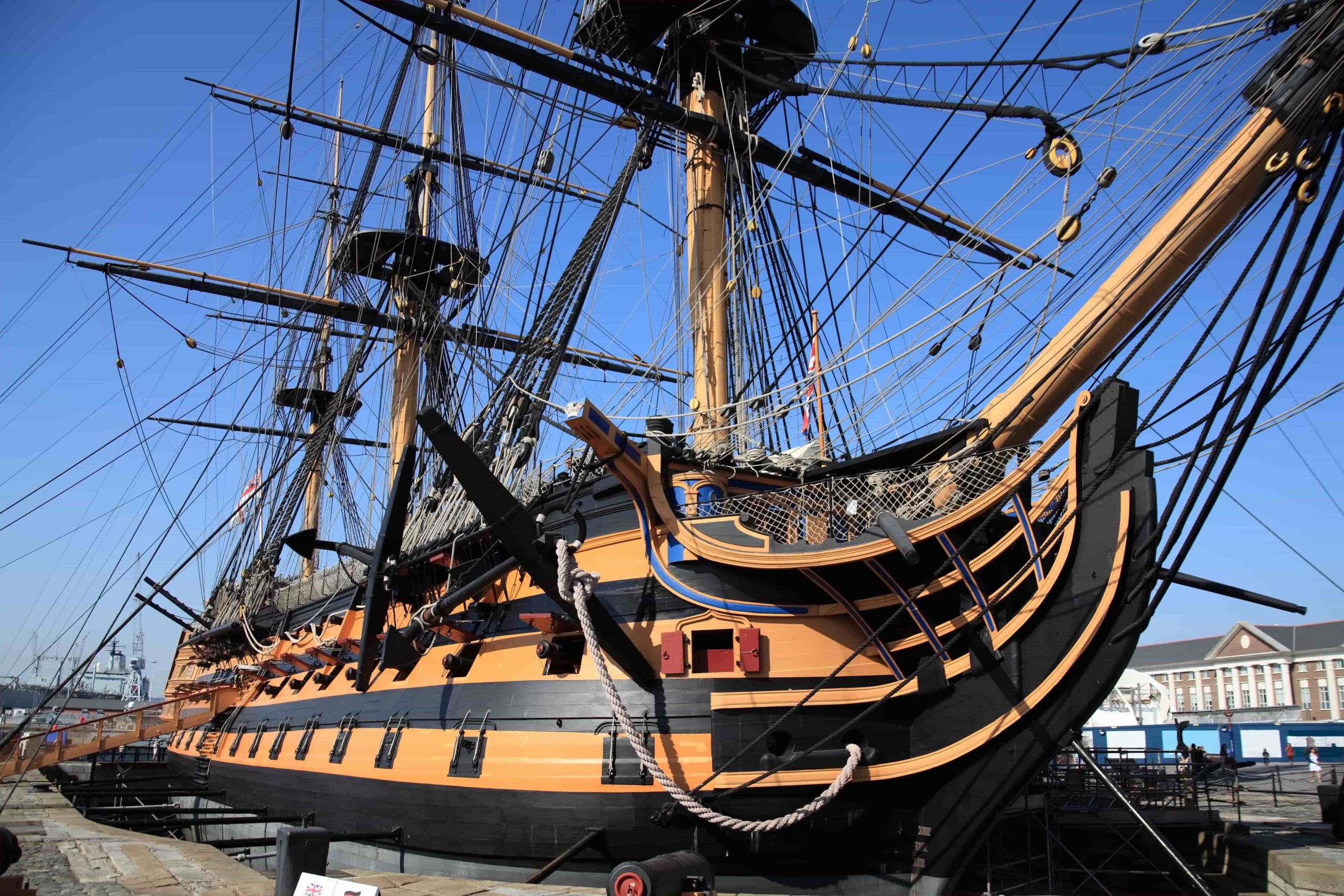
Famously known as Lord Nelson’s flagship during the Battle of Trafalgar, HMS Victory, which remains today in Portsmouth harbour, is the oldest commissioned warship in the world.
Here, we have eight facts about this incredible warship…

Famously known as Lord Nelson’s flagship during the Battle of Trafalgar, HMS Victory, which remains today in Portsmouth harbour, is the oldest commissioned warship in the world.
Here, we have eight facts about this incredible warship…
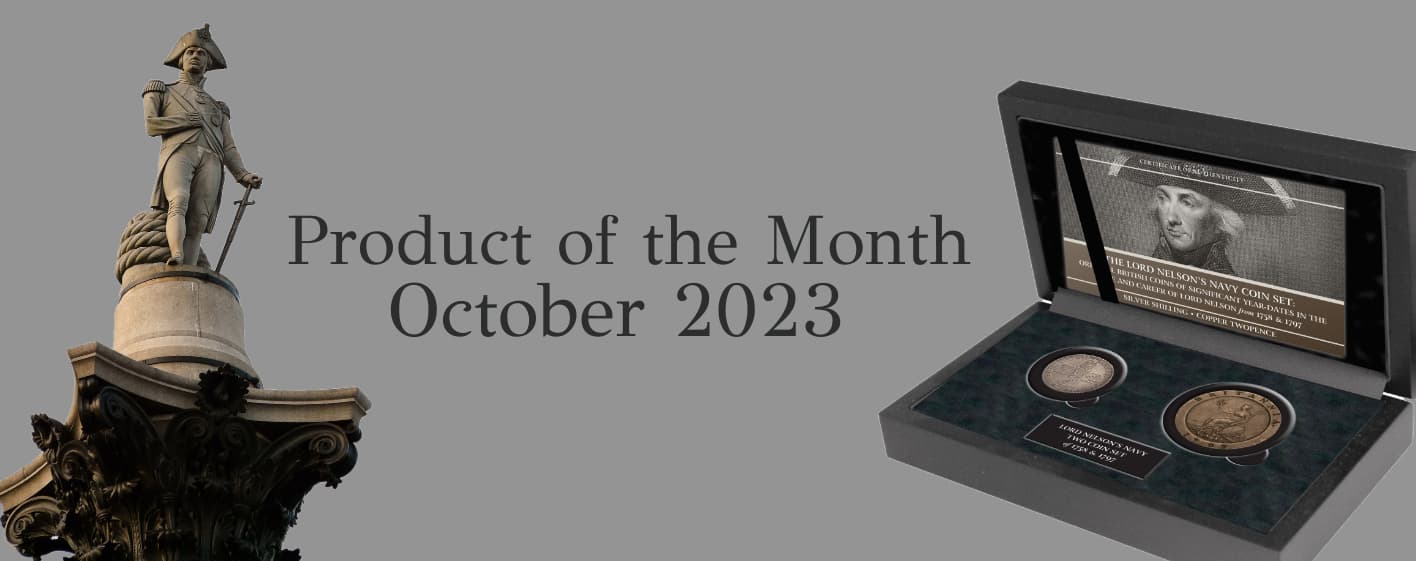
Featured as our Product of the Month for October, we have the unique Lord Nelson’s Navy Coin Set, which is comprised of coins that would have been used by the men in Nelson’s navy…
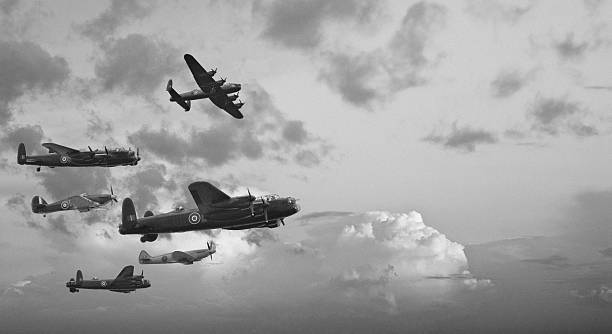
World War Two was a conflict that lasted from 1939 until 1945. It involved virtually every part of the world, as the Allied Forces of Great Britain, France, the United States, the Soviet Union and China fought against the Axis powers of Germany, Italy and Japan.
Here, we take a look at five facts from this incredible period of history that you may not know.
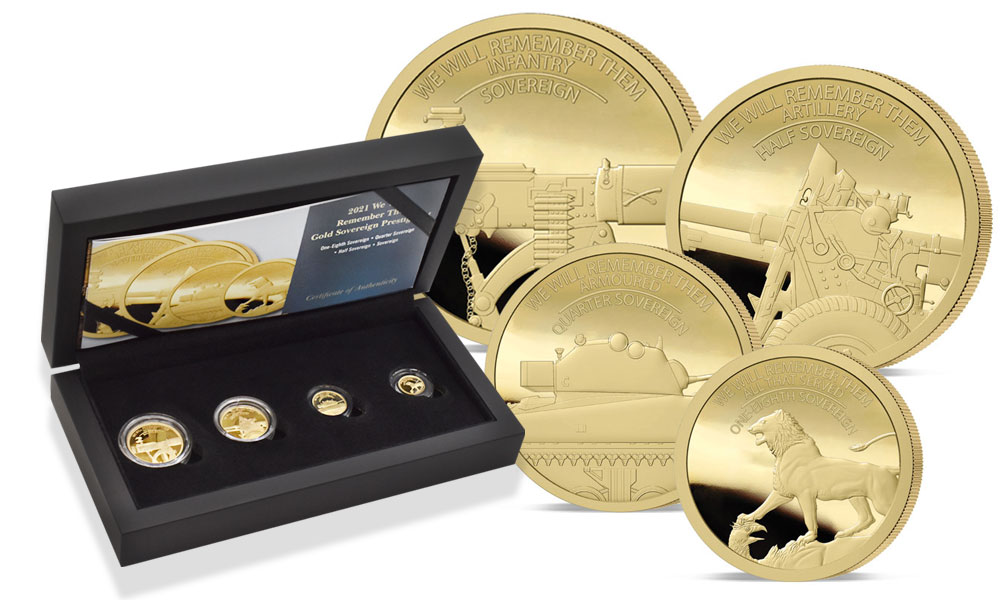
The 2021 We Will Remember Them Gold Sovereign Range has been released to pay tribute to the ordinary ranks of the British armed forces who served in the Second World War.
In this blog we will take a brief look at the war medal and the different divisions of the military that have inspired the beautiful designs that adorn these world’s first sovereigns.
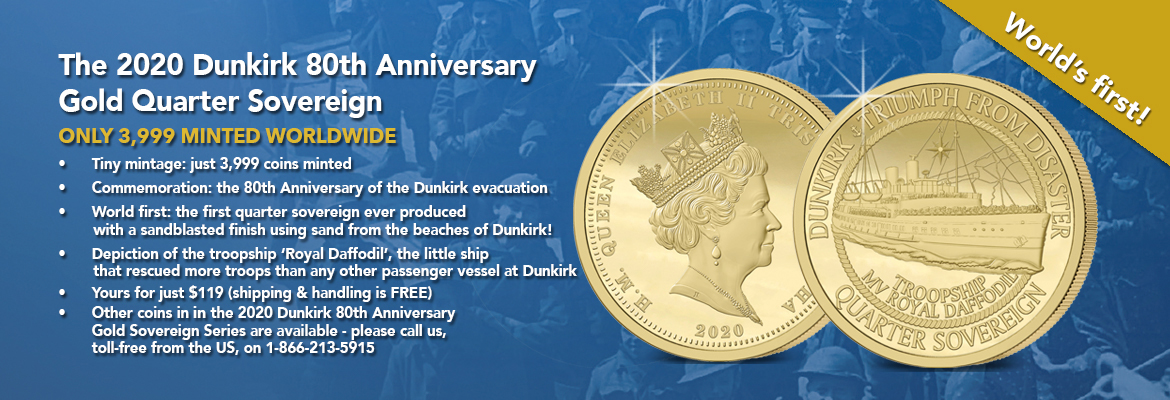
The Gold Quarter Sovereign in particular, features a design that pays tribute to the MV Royal Daffodil, a passenger vessel that undertook no fewer than seven trips to the beaches of Dunkirk in 1940 and rescued up to 9,500 troops. On the final trip, a bomb went right through her hull and exploded beneath her; the hole was plugged with a mattress and she made it home. After the War she was refitted and proudly bore a plaque that commemorated her as a ‘Dunkirk Little Ship’.
We are taking a closer look at the Troopship Royal Daffodil and everything you need to know.
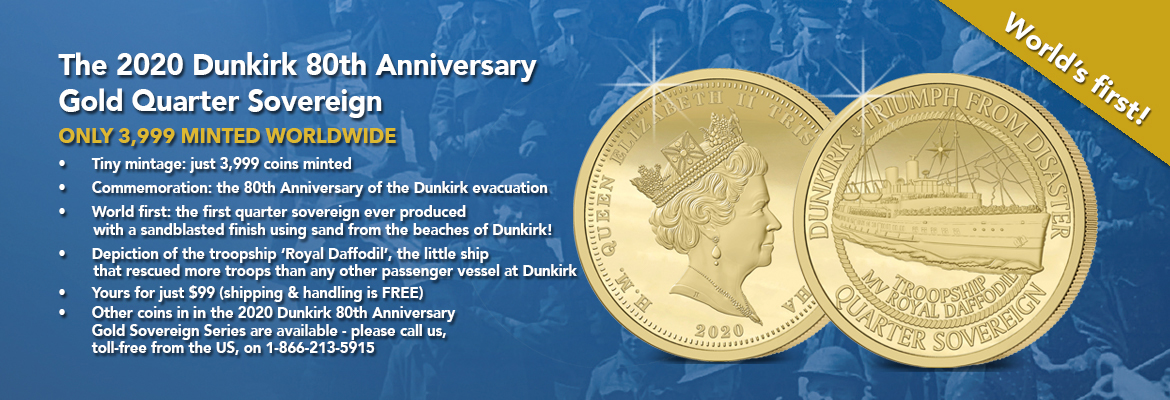
This year marks the 80th Anniversary of Dunkirk Evacuation, code-named Operation Dynamo; the evacuation of Allied soldiers during World War II from the beaches of Dunkirk.
The operation commenced after large numbers of British, Belgian and French troops were stopped and surrounded by German troops during the six-week Battle of France. The rescue and evacuation lasted almost two weeks between 26th May and 4th June 1940.